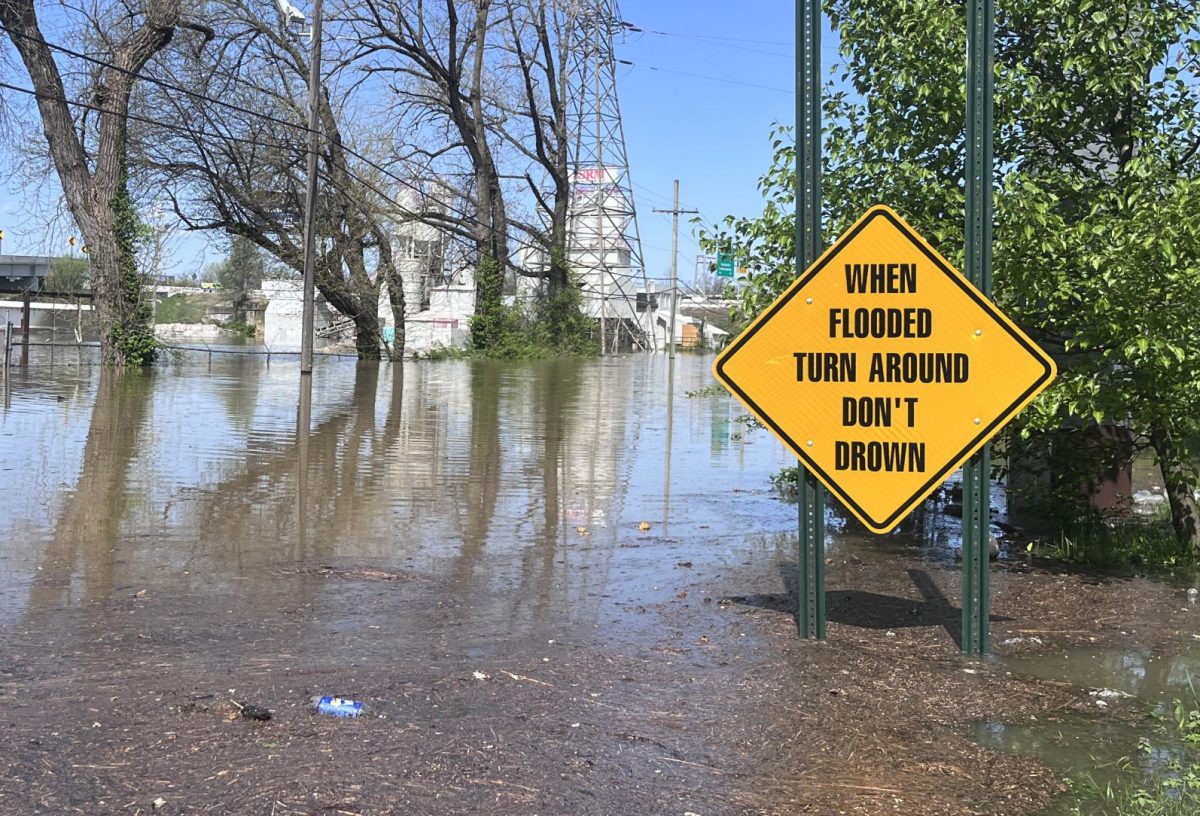President Donald Trump plans to sign an executive order on March 20th calling for the shutdown of the U.S Department of Education. The order will direct secretary Linda McMahon to take “all necessary steps” to shut down the department. Once the executive order passes, the control will return to the states.
President Trump accused the department for “indoctrinating young people with inappropriate racial, sexual, and political material”. Trump isn’t the first to want to eliminate the department, Conservatives have made it a long-term goal. In 1980, former President Ronald Reagan pushed for the department to be dismantled. Conservatives believe the department has been pushing “woke” political ideology onto children. Trump’s administration attempts to dismantle ED to ensure educational opportunity for all.
The U.S Department of Education was established in 1979. The department has four key functions: establishing federal financial aid, collecting data on America’s schools, focusing national attention on issues in education, and equal access to education and prohibiting discrimination. The department also focuses on programmes for low-income students and providing loans. As of September 2024, about four thousand people work for the department, the fewest employees of any cabinet-level agency. Hundreds of staff were laid off in mid-March. The department announced it was shrinking cuts in all divisions.
What Will Happen?
The executive order is to improve education by empowering parents and students, states, and communities. The order closing the department would give children and parents a better outcome for education. Through the executive order, loans and grants will still be continued.
The department can’t be abolished without congressional approval. Shutting down the department will need sixty votes in the senate, however Republicans only have 53 seats at the moment. If the department of education was abolished, programs like IDEA and Title 1 will affect low income families due to the funding. Protecting students from discrimination will also be affected. The department provides safety for schools, for example, the Office of Civil Rights.
How Will It Affect Students?
Roughly 15% of students that have disabilities learn in U.S. public schools. IDEA (Individuals With Disabilities Education Act) provides $15 billion to support students. If the U.S. Department of Education gets shut down, the program will likely transfer to another agency, however, students with disabilities will less likely receive those services provided.
The program Pell Grants gives out federal student loans. Approximately 30% of college students rely on those loans to help pay for college. Students and families could lose the support, making it harder to pay for colleges and students’ futures. Title 1 directs money to schools that have a high degree of students that live in poverty. The shutdown will affect over 180,000 teaching positions and millions of students with low-income families. Overall, most educational programs that fund students nationwide will be affected by the shutdown of the department.
Secretary of Education Linda McMahon released the following statement on the same day as President Trump signed the executive order:
“Today’s Executive Order is a history-making action by President Trump to free future generations of American students and forge opportunities for their success. We are sending education back to the states where it so rightly belongs.
“Education is fundamentally a state responsibility. Instead of filtering resources through layers of federal red tape, we will empower states to take charge and advocate for and implement what is best for students, families, and educators in their communities.
“Closing the Department does not mean cutting off funds from those who depend on them—we will continue to support K-12 students, students with special needs, college student borrowers, and others who rely on essential programs. We’re going to follow the law and eliminate the bureaucracy responsibly by working through Congress to ensure a lawful and orderly transition.
“With today’s action, we take a significant step forward to give parents and states control over their children’s education. Teachers will be unshackled from burdensome regulations and paperwork, empowering them to get back to teaching basic subjects. Taxpayers will no longer be burdened with tens of billions of dollars of waste on progressive social experiments and obsolete programs. K-12 and college students will be relieved of the drudgery caused by administrative burdens—and positioned to achieve success in a future career they love.”
After President Trump signed the executive order on March 20th to shutdown the U.S. The Department of Education, the administration had already planned action. They cancelled about $881 million in contracts for the agency’s research arm. There were two newly introduced bills, H.R. 899 and S. 1148, stating the department will be terminated by December 31st, 2026. Although shutting down the Education department can’t be succeeded without 60 votes, President Trump is very close to achieving his goal for the U.S. Department of Education.


































